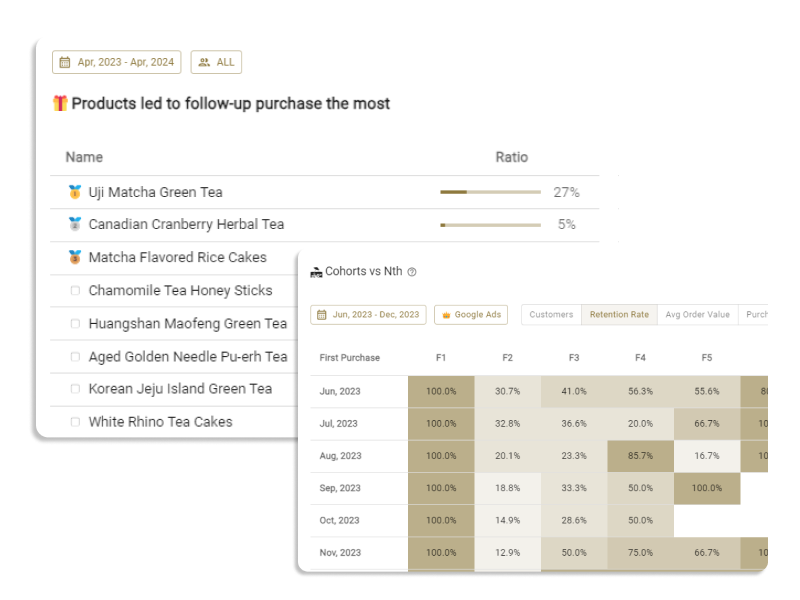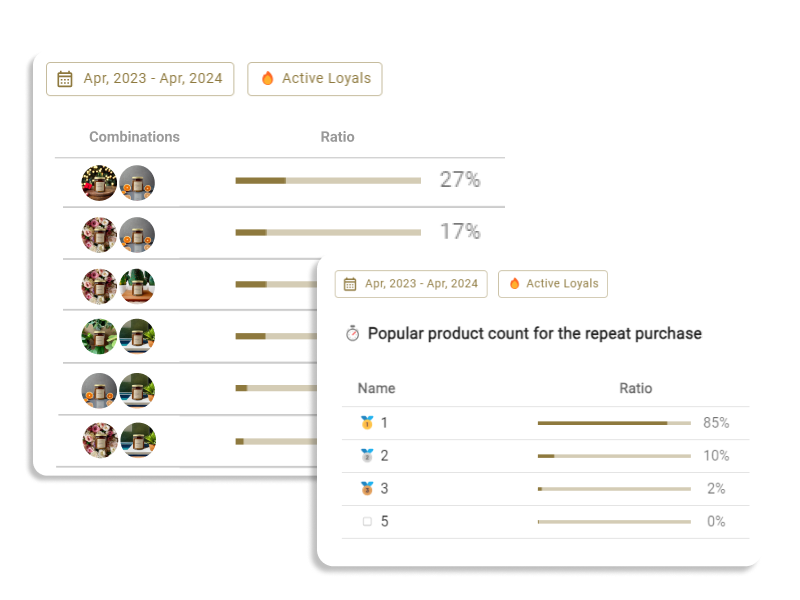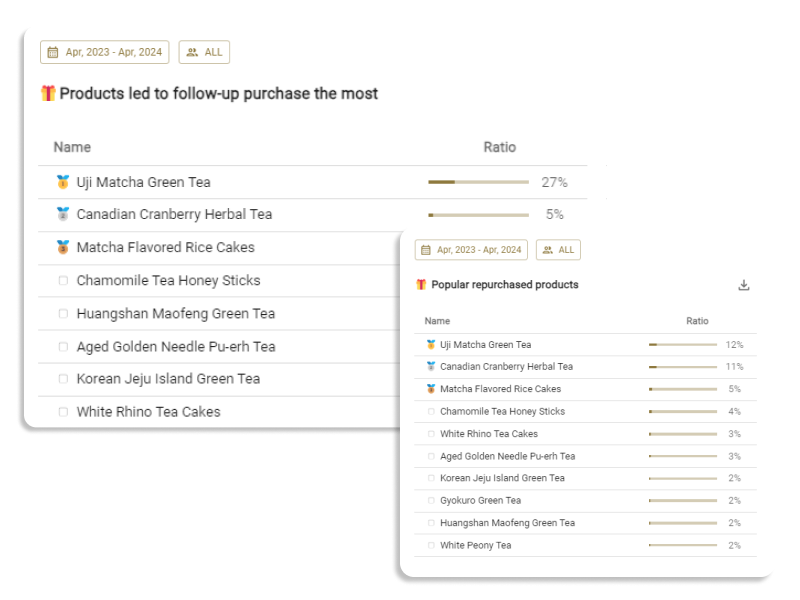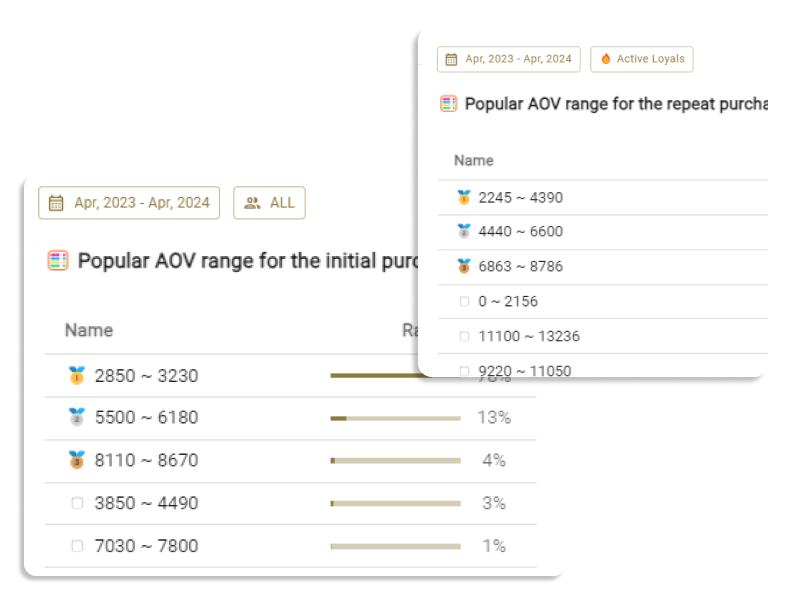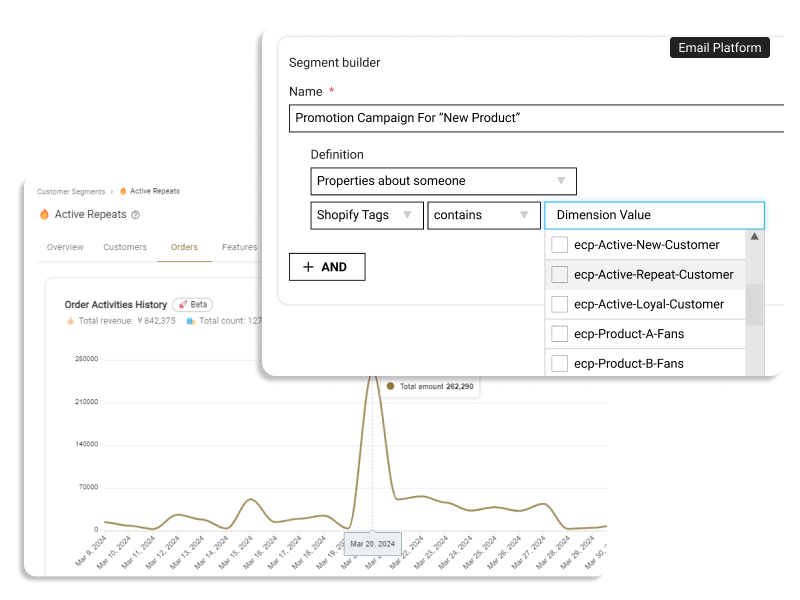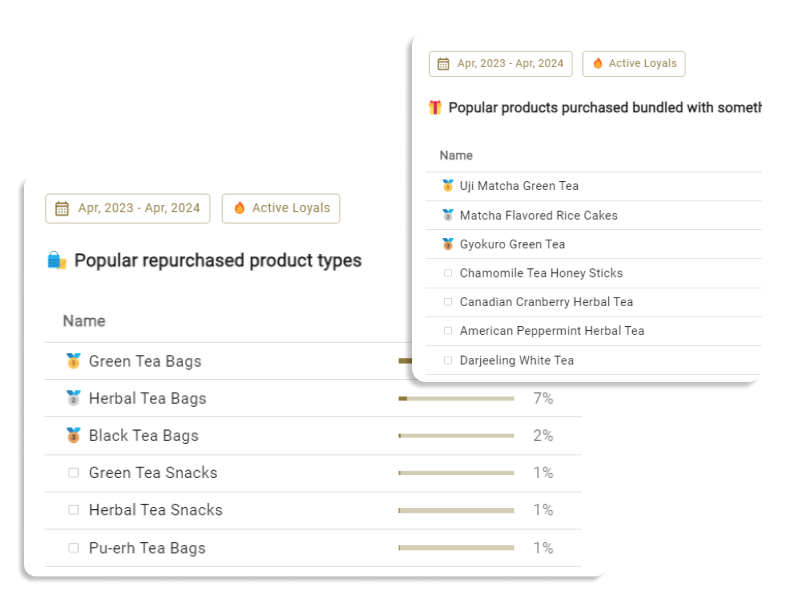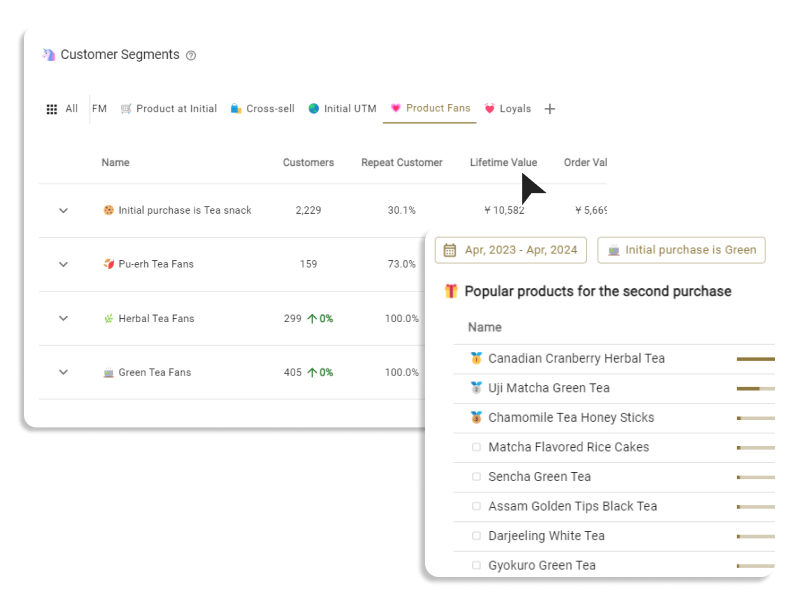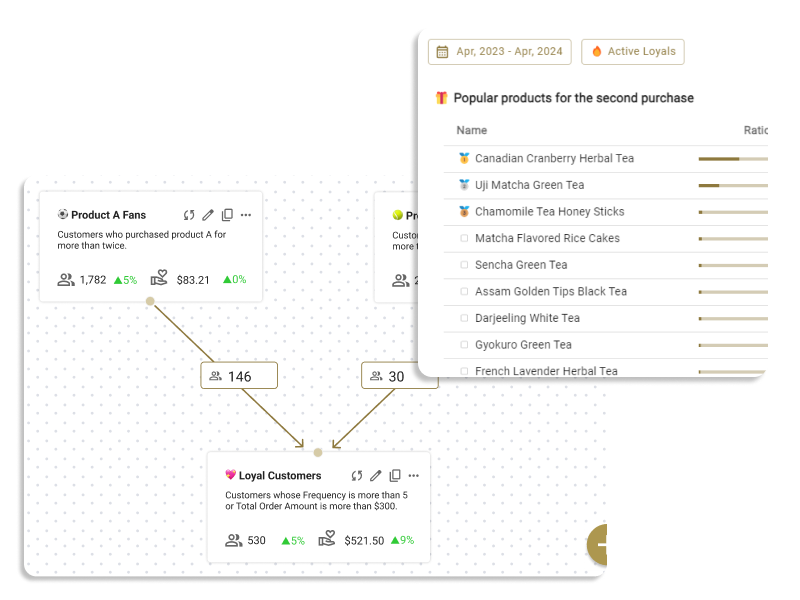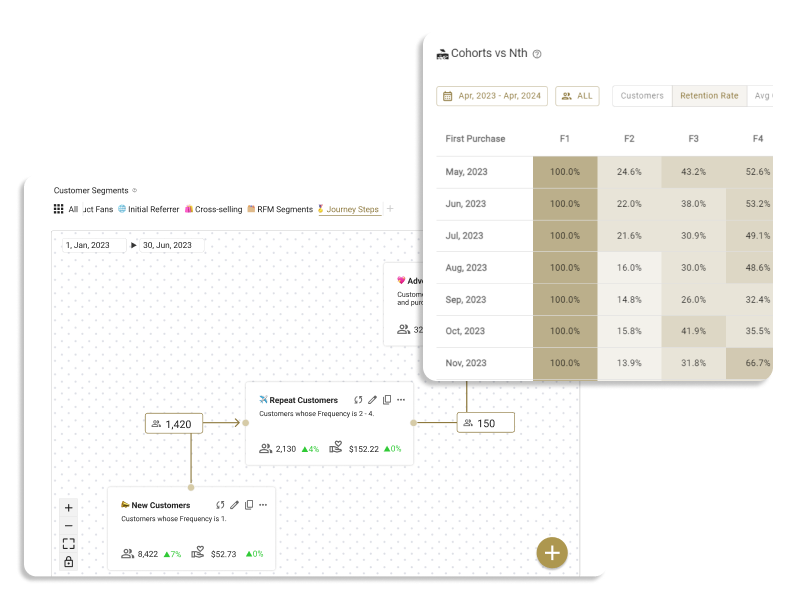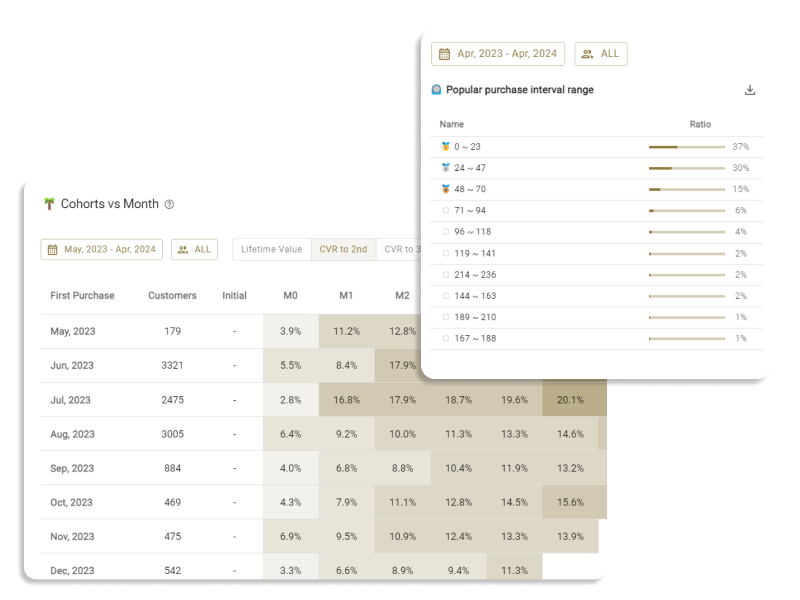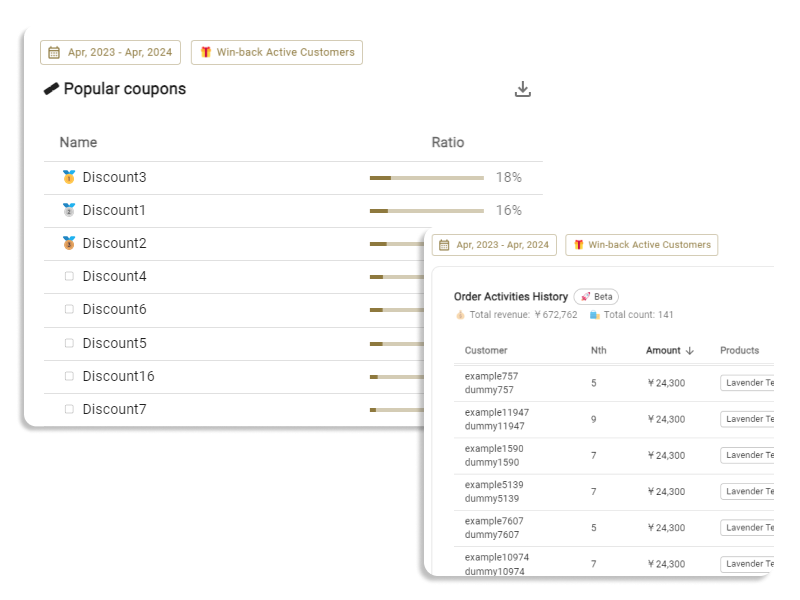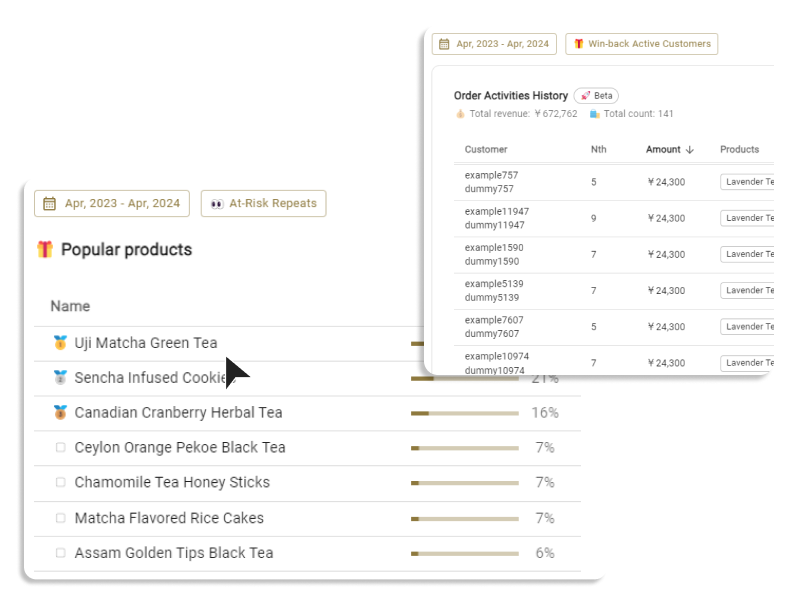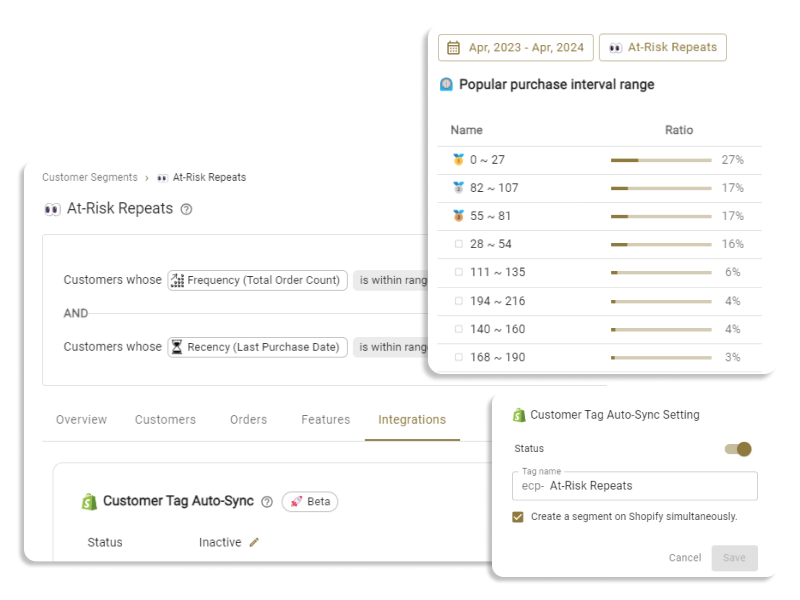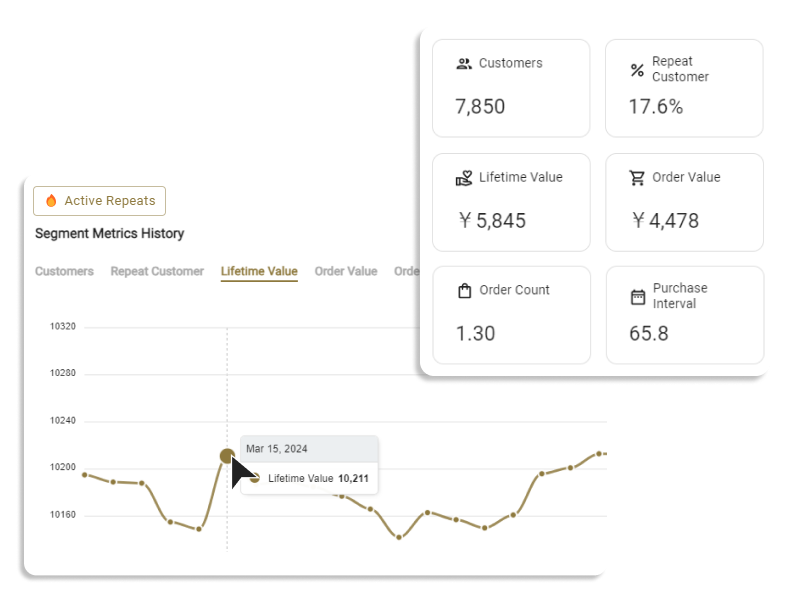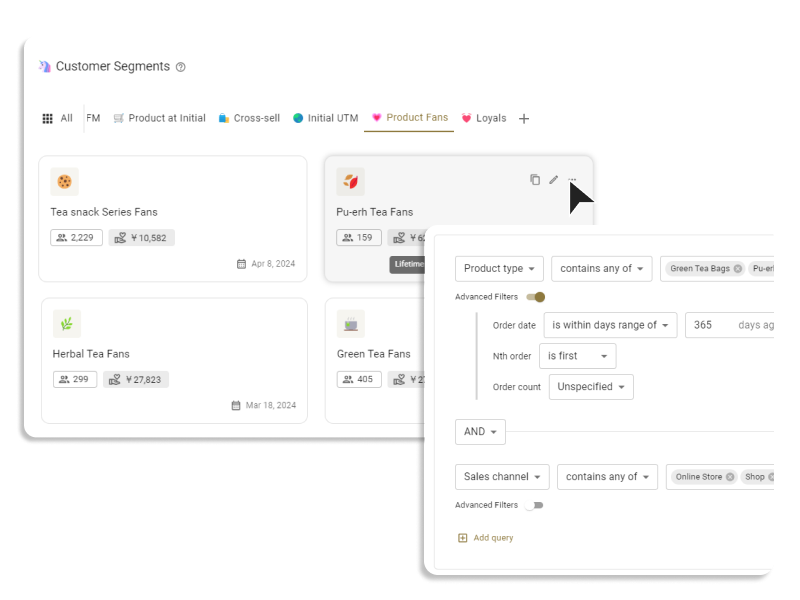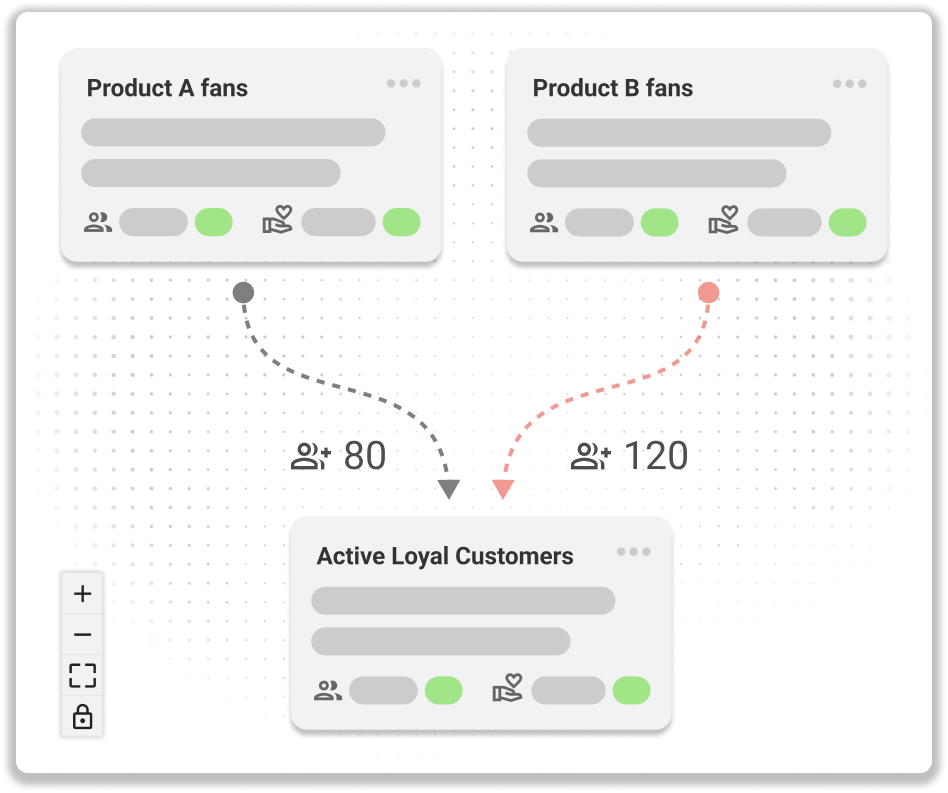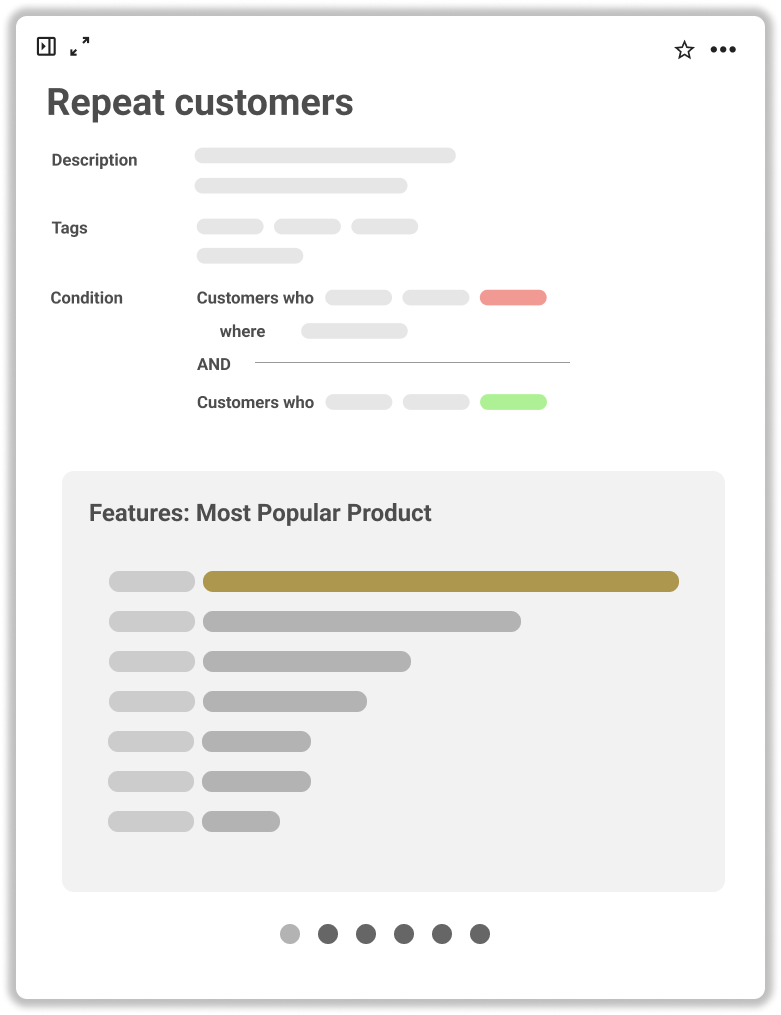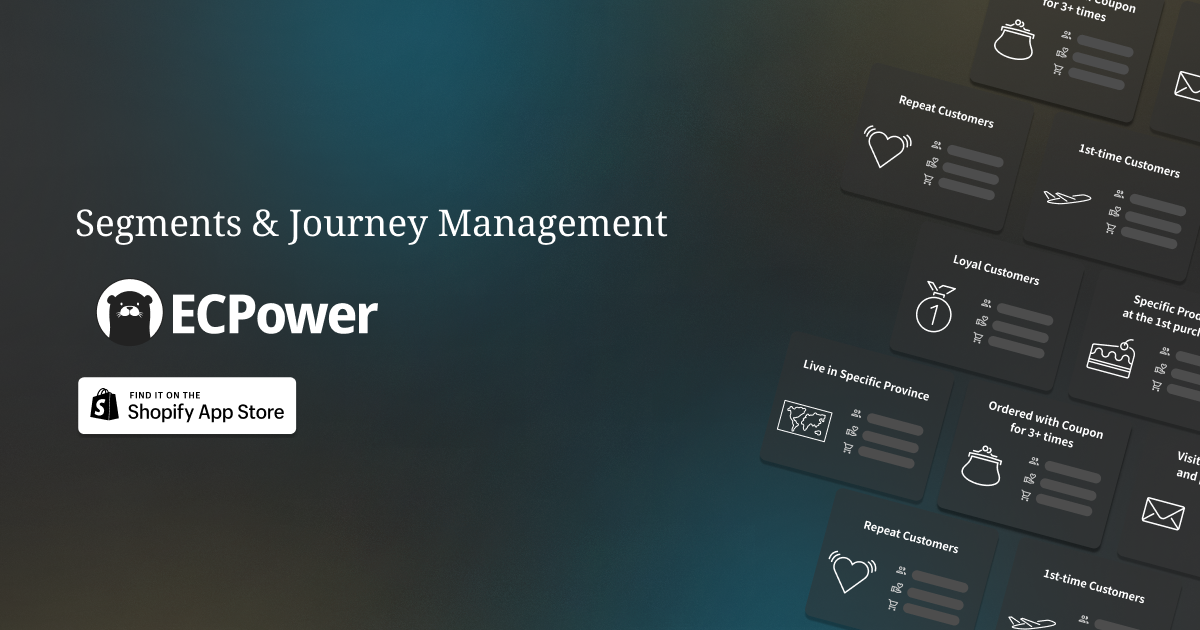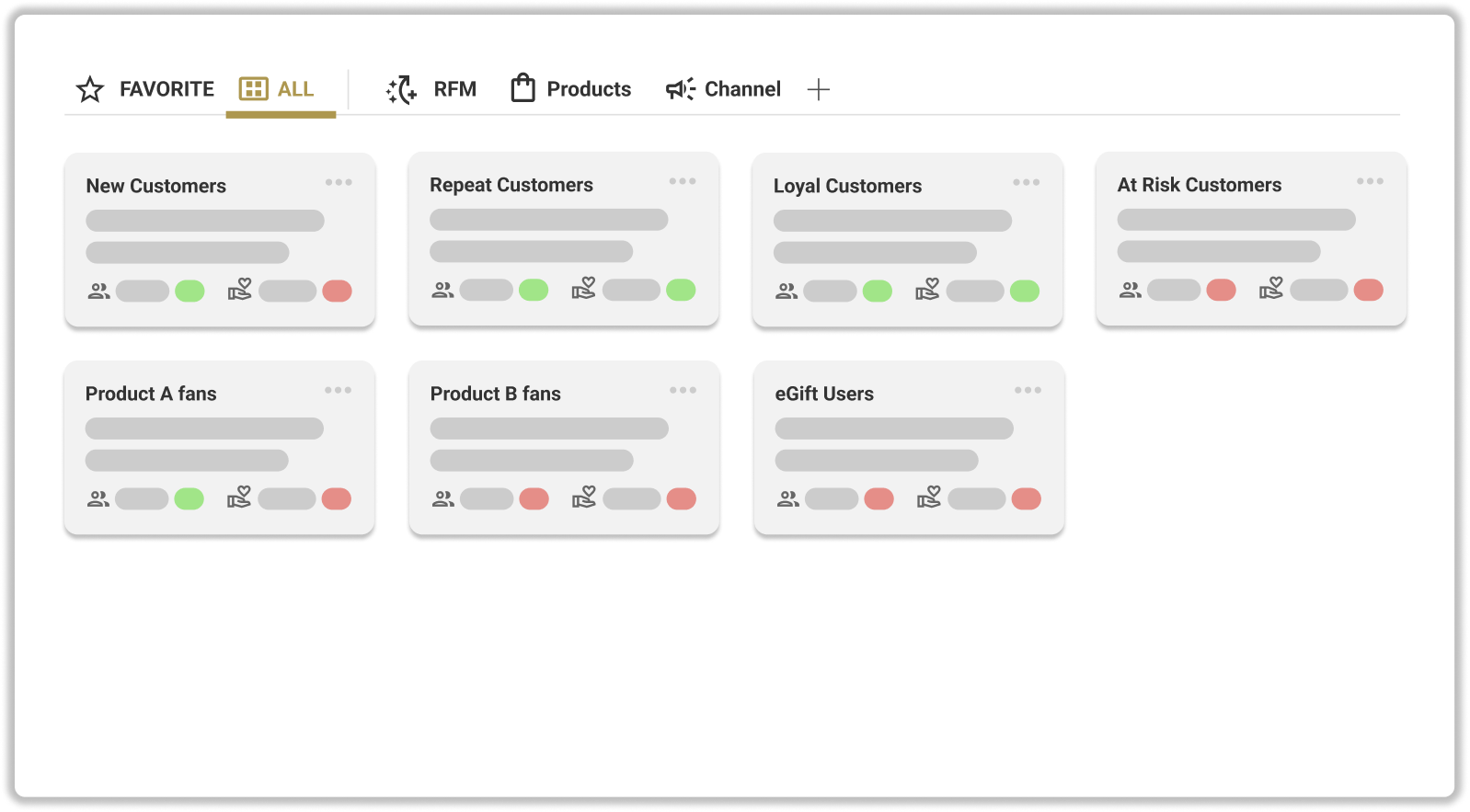Introduction
eCommerce businesses are continuously looking for ways to improve their customer lifetime value (CLV) and increase revenue. One effective method is the subscription business model. In this article, we will discuss the concept of subscription, its benefits in eCommerce, and why it is essential for increasing CLV. We will also provide examples of subscription models and key points to consider when implementing a subscription model in your eCommerce business.
What is Subscription?
A subscription is a business model where customers commit to a recurring service or product delivery, usually at a discounted price. In exchange, they receive products or services regularly, such as once a month or once every few months. This model creates an ongoing relationship between the business and its customers, leading to steady revenue streams and potentially higher CLV.
Merit of Subscription in eCommerce
Subscription models offer several advantages for eCommerce businesses:
Predictable revenue
One of the main benefits of a subscription model is the ability to forecast revenue for each billing cycle. With customers committed to regular purchases, businesses can anticipate their income more accurately, allowing for better financial planning and budget allocation. This predictability helps reduce uncertainties and enables businesses to make more informed decisions.
For example, an eCommerce store selling beauty products may find it helpful to offer a subscription service where customers receive a curated selection of items every month. This model can help the store better project its revenue, making it easier to manage cash flow and plan marketing strategies.
Better supply chain management
Subscriptions enable businesses to anticipate product demand, streamlining their supply chain management. By knowing how many customers are subscribed to a specific product, businesses can optimize their inventory levels and shipment schedules, reducing the risk of stockouts or overstocking. This efficiency can lead to cost savings and improve overall business operations.
For instance, a company selling eco-friendly household supplies may benefit from offering a subscription service where customers receive their preferred products every two months. This setup allows the company to predict demand more accurately and adjust its supply chain accordingly, resulting in more efficient inventory management.
Higher CLV
Subscription models encourage customer loyalty, leading to increased spending and higher customer lifetime value (CLV). With the convenience of regular deliveries, discounted prices, and a personalized experience, customers are more likely to maintain their subscriptions over time. As a result, they often end up spending more through recurring subscriptions than through individual purchases.
For example, an online grocery store offering a subscription service for pantry essentials could see an increase in CLV as customers appreciate the convenience and cost savings. By ensuring a consistent, high-quality experience for subscribers, the store can cultivate long-term customer relationships, ultimately boosting CLV and overall revenue.
Why is Subscription important for increasing eCommerce customer lifetime value (CLV)?
Subscriptions can significantly impact CLV in eCommerce by fostering customer loyalty and generating recurring revenue. The convenience of regular deliveries, discounted prices, and product discovery can encourage customers to maintain their subscriptions over time, leading to higher CLVs. Moreover, businesses with lower average order values stand to gain the most from subscriptions, as they can boost customer CLV by up to 1.78 times.
Examples of Subscription in eCommerce
There are three primary types of subscription models in eCommerce:
Same product, continuously replenished
In this model, customers receive the same product on a regular basis, typically at a discounted rate. This model is ideal for consumable products or items that require frequent replacement
For example, an eCommerce business selling eco-friendly cleaning supplies could offer a subscription service where customers receive their favorite products every month. This ensures customers never run out of essential supplies and provides the business with a steady stream of recurring revenue
Different products, tailored to preferences
This model involves sending customers a curated selection of products based on their individual preferences or needs. This personalized approach can create a unique and engaging customer experience, encouraging loyalty and repeat purchases.
For instance, a company selling workout gear and fitness accessories could offer a subscription service where subscribers receive a monthly box of items tailored to their workout routine and goals. By providing a personalized experience, the company can build a deeper connection with its customers, resulting in higher customer satisfaction and retention.
Random picks of the month
In this model, customers receive a surprise selection of items each month for a flat fee. This approach can create excitement and anticipation, as customers look forward to discovering new products every month. Businesses can use this model to introduce new items, promote underperforming products, or showcase bestsellers.
An example of this model could be an eCommerce store specializing in gourmet snacks and treats. They could offer a subscription service where subscribers receive a box of hand-picked snacks from different regions every month. This model allows customers to discover new flavors and products, while the business benefits from the recurring revenue and increased product exposure.
Points to implement Subscription in eCommerce
When implementing a subscription model in your eCommerce business, consider the following points:
Choose the right products:
Select products that are suitable for subscriptions, such as consumables, items that require frequent replacement, or products that can be curated based on customer preferences. Ensure that you can deliver the selected products consistently and in the required quantities to maintain customer satisfaction.
Set up subscription plans
Define the structure of your subscription offering by creating various subscription plans that cater to different customer needs. This may include setting up recurring services or products, creating billing plans, and defining rate plans to establish the charging structure of subscription plan items.
Integrate subscription options on your website
Make it easy for customers to subscribe to your offerings by incorporating subscription options directly on your website. Allow customers to choose subscription frequency at the product detail page, manage their subscriptions, and update their preferences as needed.
Automate order generation and billing
Implement a system that automatically generates subscription orders and handles billing to ensure a smooth and efficient process. This may involve creating custom scripts or using third-party solutions to manage the entire subscription lifecycle.
Provide excellent customer service
Subscription models require ongoing communication and support to keep customers satisfied and loyal. Make sure you have the resources and processes in place to handle shipping inquiries, cancellations, and other customer requests promptly and efficiently. This may involve training customer service representatives to handle subscription-related issues and using customer feedback to improve your subscription offerings.
Analyze and optimize
Regularly analyze your subscription performance to identify areas for improvement and opportunities for growth. Track key metrics such as customer lifetime value, churn rate, and average revenue per user to understand the impact of your subscription model on your business. Use this data to optimize your subscription offerings, pricing, and customer experience.
Summary
A subscription model can be a powerful tool for eCommerce businesses looking to improve their CLV and increase revenue. By offering customers the convenience of regular deliveries, discounted prices, and personalized product selections, businesses can foster customer loyalty and generate steady, predictable revenue streams. Implementing a subscription model requires careful planning, product selection, and integration with your website and order management system. By focusing on providing excellent customer service and continuously optimizing the subscription experience, eCommerce businesses can successfully leverage subscriptions to enhance their customer lifetime value and ultimately grow their business.



